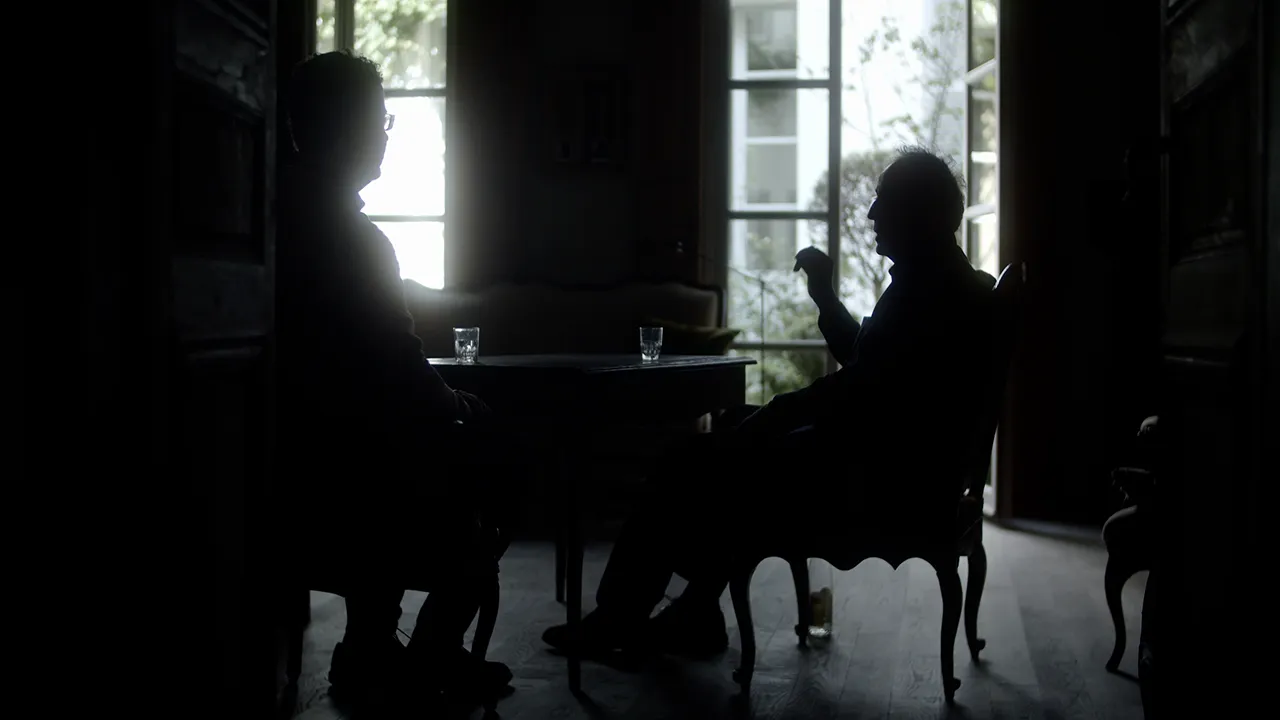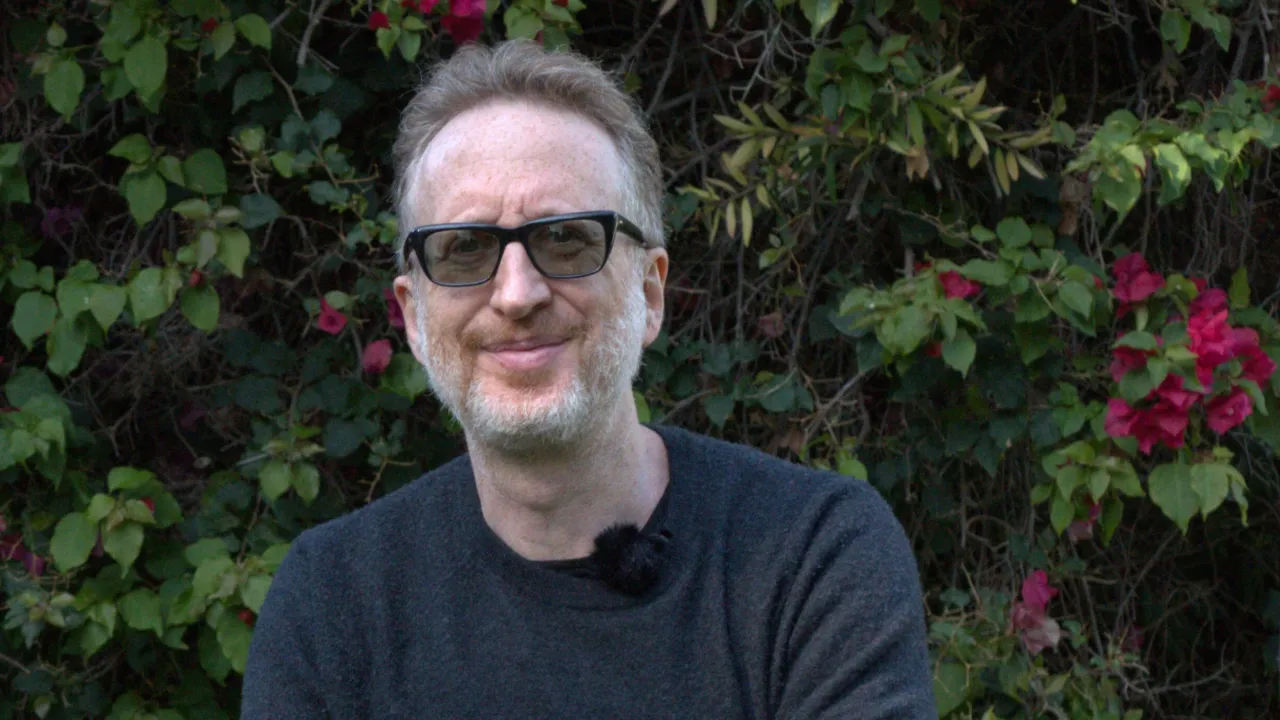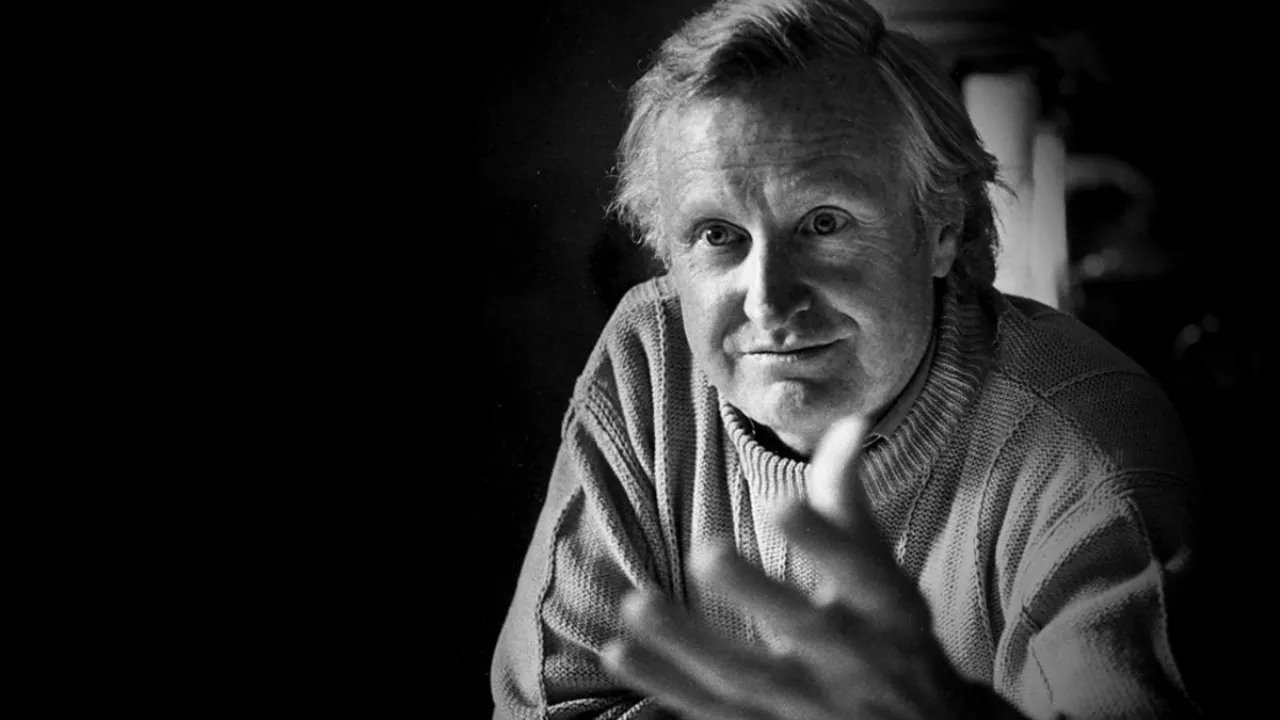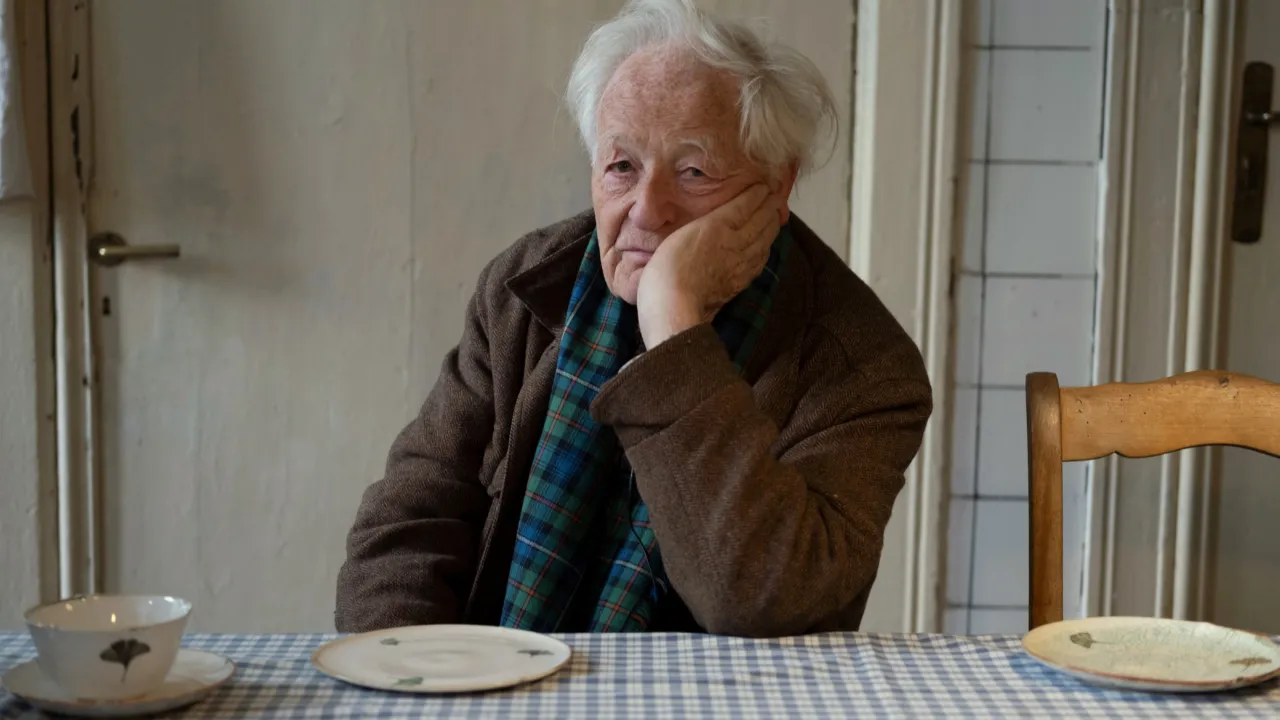Please update your browser
Your current browser version is outdated. We recommend updating to the latest version for an improved and secure browsing experience.
Marcel Ophuls
Scroll to explore the exhibition
Marcel Ophuls
- Introduction (Marcel Ophuls)
- The Meanings of Storytelling
- Form and Structure
-
Introduction (Marcel Ophuls)
-
The Meanings of Storytelling
-
Form and Structure
Marcel Ophuls
Introduction (Marcel Ophuls)
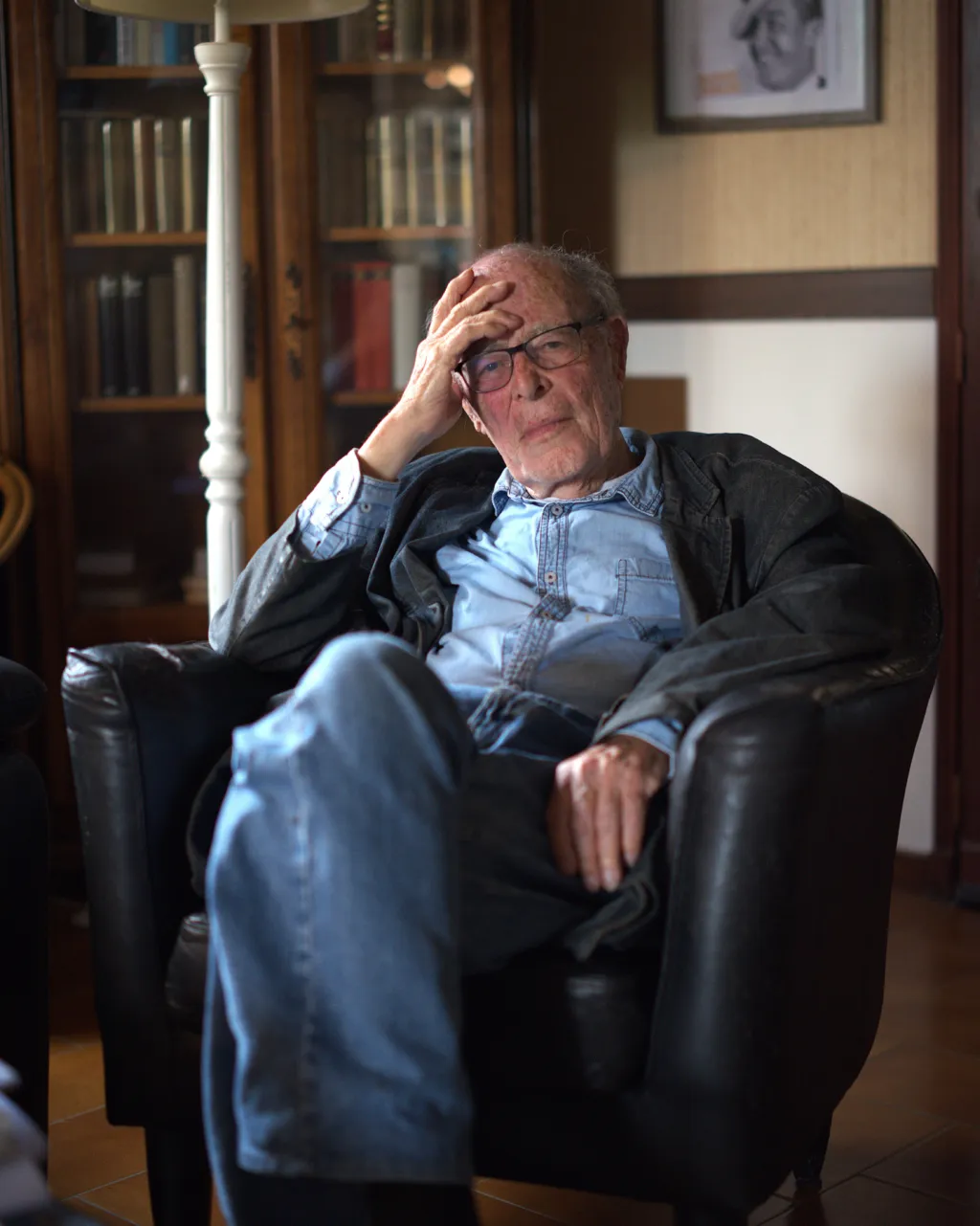
Marcel Ophuls Introduction
The expansive and absorbing films of Marcel Ophuls (1927-2025) open up new perspectives on the complexities of history and the perennial challenges of justice and memory. Our four-chapter (JOURNEYS, STORYTELLER, QUESTIONS OF STYLE, and A SENSE OF STRUCTURE) portrait film introduces all of the central ideas, questions, and motifs. The Coda in Room 2 (THE NAME ABOVE THE TITLE), inspired by anecdotes about Frank Capra and Classic Hollywood directors, is complemented by the Folio entry on Ultimate Concerns. Room 3 addresses other aspects of Ophuls' cinematic lineage - the influence of his father Max and his relationship with documentary filmmaking and debates over cinéma vérité - as well as crucial elements of the form and approach of his landmark films. Photograph by Lucas Bourgine (August 2021).
Marcel Ophuls Portrait Film
Four Chapters (JOURNEYS, STORYTELLER, QUESTIONS OF STYLE, and A SENSE OF STRUCTURE). (French Pyrenees, August 2021).
The Meanings of Storytelling
The Name Above the Title
In this coda to our portrait film, Ophuls speaks about the method and legacies of filmmakers such as Alfred Hitchcock and Frank Capra, whose Meet John Doe (1941) is extracted here and discussed further in our adjacent Folio entry on Ultimate Concerns.
Ultimate Concerns
The final sequence of Meet John Doe (Frank Capra, 1941) is one of the most potent examples of narrative cinema's confrontation with questions of life and death.
Form and Structure
Spaces and Movements
The opening section ("The Mask") of Le Plaisir (Max Ophüls, 1952) introduces the defining aspects of the filmmaker's style: elegant traveling shots, echoing movements, and expressive spatial variations.
Cinema Vérité and Its Discontents
This sequence from Hotel Terminus (Marcel Ophuls, 1988) combines the different aspects of documentary that defined his style (from spontaneous reactions to staged interventions).
Think with Your Hands
This sequence from The Sorrow and the Pity (Marcel Ophuls, 1969) demonstrates the expressive force of hands, which are central elements of Ophuls's montages.
Choices and Judgments
Christian de La Mazière's choice to volunteer for a French unit of the Waffen SS becomes the centerpiece of the second half of The Sorrow and the Pity (Marcel Ophuls, 1969).
